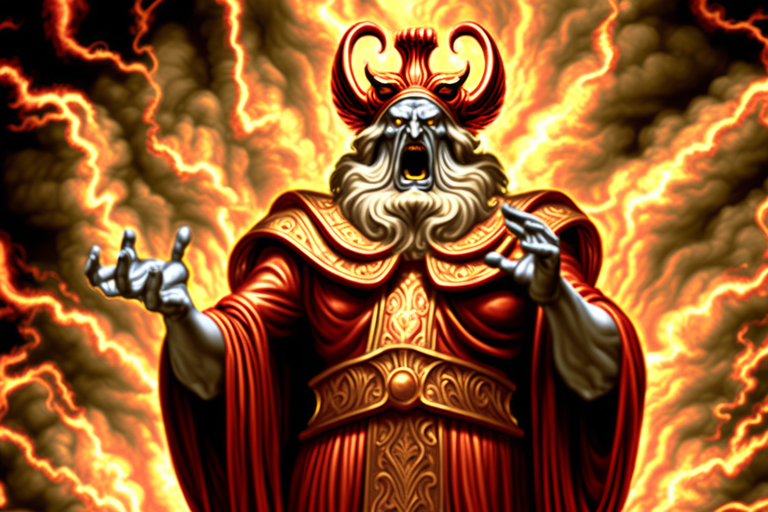The everyday self is a structure, it is a structure that lives in a world made up of structures and in this world anything that isn’t a structure doesn’t count for anything. In this world anything that isn’t a structure isn’t anything.
The thing about structure is that we can see what it is about straightaway, so to speak. We can immediately see ‘what it’s all about’ but the problem here is that what we see is all we get – there is nothing more to the structure than is explicitly presented. Structures are100% explicit. They are ‘all on the outside’, in other words.
This is a somewhat odd objection in one way because we don’t really expect anything else – we don’t see that they could be anything other than ‘the outside’. That’s our normal way of looking at things – that’s the ‘thought-mediated way of understanding the world’. Actually, a thing that exists ‘only on the outside’ (i.e., a ‘thing that equals its own description) is a thing that doesn’t have any existence at all and this has to be considered something of a drawback. It has to be considered something of a drawback if we want the structure question to exist, that is, which we absolutely do.
Naturally we want the structure in question to be genuinely and authentically real when it’s the everyday self that we’re talking about! How would we carry on otherwise? What would we do and how would we be motivated to do it anyway, in the absence of the motivating factor which is the everyday self? Beyond any question whatsoever, we are very much invested – we couldn’t be more so – in the everyday self being an authentically real and genuine entity.
But notwithstanding our preferences in this matter, because the self or identity is a structure it suffers from the drawback of all structures, which is that it is a hollow abstraction. When what you see is what you get (when the description of the thing equals the thing) then there simply is nothing, as we’ve just said. Essentially, there is no outside, no matter what we might think to the contrary. The outside as the Realm of Abstractions, what’s the inside is actual reality.
Reality is characterised (so to speak) by the fact that there is more content to the object under consideration (any object under consideration) than would at first seem to be the case. There’s always more to things than meets the eye, we might say. ‘The more you look, the more there is to see,’ as the line from the Beatles song goes. This is always the case with non-abstract phenomena; this is always the case because there’s no such thing as a ‘defined’ or ‘bounded’ object or entity in the real world. There are no such things as ‘boundaries’ in the real world, as Ken Wilber says – that’s our own invention. In the Anaxagorean Universe everything ultimately contains everything else and so from this point of view it’s no wonder that ‘things are always more than they initially seemed to be’.
The rule of thumb that we derive from this is therefore that when we come across an element in our environment which really is exactly what it appears to be and nothing else then what we’re looking at is a description of reality rather than the reality itself. Only labels are equal to themselves; only abstract theories ‘completely explain the world’, which is another way of saying that the theories never explain what they claim to explain (which is the whole of everything). Actually, there’s no such thing as ‘explaining’, not when it’s reality we’re talking about. And what else would we be talking about?
‘Life on the outside’ (or ‘life in the Abstract Realm’) can never be anything other than utterly frustrating therefore. It can never be any more than frustrating because nothing is ever what it claims to be. The World of Form appears to be full of actual content (‘form’ equals ‘real’ as far as we’re concerned) but this is only a kind of optical illusion, so to speak. Instead of saying that ‘form equals reality to us’ (when we are in Abstraction Mode), we could say that ‘description’ equals ‘real’ for us, or ‘label’ equals ‘real’ (i.e., ‘hyperreality’ equals ‘reality’). That’s how the hyperreal works after all – by seeming more real than reality itself.
We love explaining (and having the world explained) so much that we opt for the hyperreal every time. The feeling of security we get from having the world continuously explained to us (and being therefore empowered to explain it ourselves) is so important that we confuse the flat sense of certainty that is generated by our thoughts with the living truth of our situation, which is not generated or produced by anything. We like having something to grip onto so much that we’re quite prepared to overlook the fact that what we’re holding onto so tightly is some kind of dead material, something solid and reliable – in a mechanical way – but which is entirely lacking in life.
We love explaining and having the world explained to us so much that we are prepared to submit to the senseless tyranny at the Abstract Realm in place of what the AR claims to represent, what the AR claims to stand for. The false steward is harsh, oppressive, unjust and entirely lacking in the noble qualities that the True King possesses. When we don’t know about the True King however, then we think that this is the way it’s supposed to be, the only way it could ever be. We have adapted to the abusive situation. Because we are now addicted to certainty (addicted to ‘the Domain of the Explained and the Explainable’) we are willing – essentially – to be brainwashed into accepting the Black Iron Prison as ‘the only possibly reality’. We accept the rule of the Dark Father as our rightful due.
Structure is always tyranny, no matter how much we might like the unambiguous definition that it provides us with. After all, the only way to obtain the security of having ‘positive knowledge’ about the world (i.e., knowing beyond any doubt that ‘things are exactly what they are said to be and nothing else’) is by accepting what the External Authority tells us absolutely. There is, on the one hand, the tyranny (the tyranny that derives from the utter lack of freedom or truth), and there is the indisputable comfort (however tedious it might be) that comes with living in a world that is made up entirely of our own closed descriptions!
Life on the ‘outside’ of reality is – when we see it clearly – completely bizarre and yet, for us in our day-to-day lives, it’s the most normal anything could be! We never raise an eyebrow at it. It’s as normal as the Nine O’clock News or Telly Bingo, it’s as normal as fish fingers and frozen peas, as normal as sausages and beans. To relate to the world as if it were nothing more than a bunch of structures, and to relate as a structure (to relate on a structural basis) is a very strange thing. It’s very strange thing because – in the ultimate analysis – there aren’t any structures, there is no structural basis.
Conditioned existence (which is to say, our mechanical existence in the Realm of Form) feels very normal indeed to us; it couldn’t feel more normal, as we have just said, and this is a truly bizarre thing. It’s bizarre – we might say – because there is no such thing as the Realm of Form, no such thing as ‘conditioned existence’. If it doesn’t exist, then how can it be normal? What does the word ‘normal’ actually mean in this case? What are we talking about here? What ‘normal’ means – if it means anything – is that we have made ourselves blind to the absurdity of the world that we have inadvertently made for ourselves and it is this blindness makes everything seem ‘as it should be’.
Art: wallpaperaccess.com






